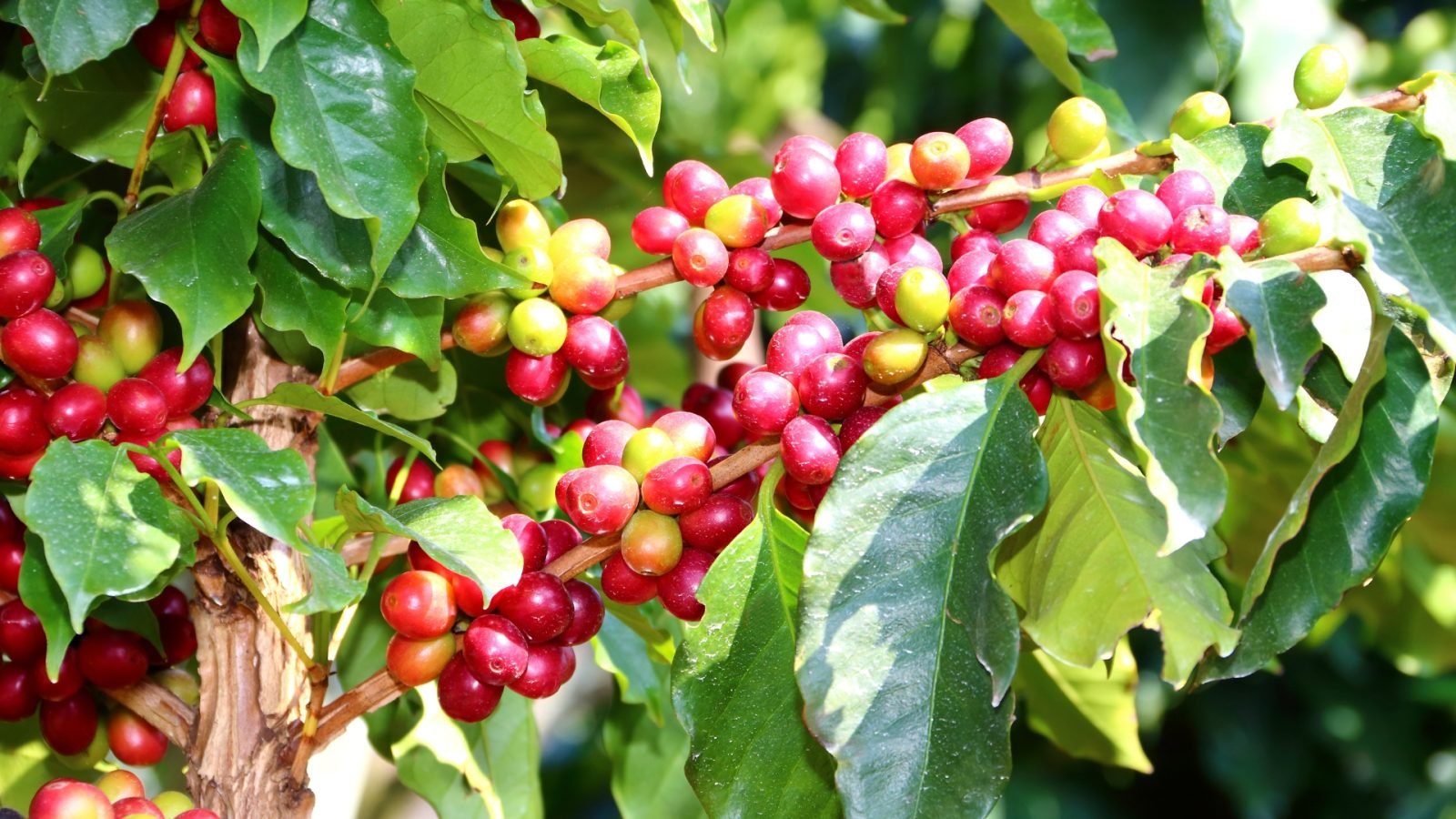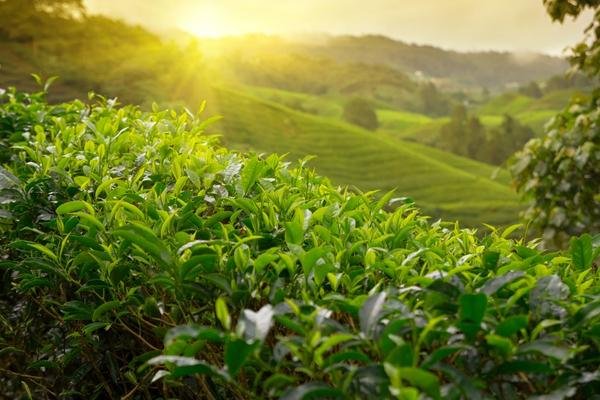Best Climate For Growing Coffee, There are Interesting Facts

Climate has a prominent role as well in cultivating coffee plantations. According to Climate Gov in their explanation about Climate and Coffee, there are several elements that make the best climate for growing coffee, making certain countries the best place to grow coffee.
In addition to the climate types, the land altitude where coffee beans grow also plays a pivotal role in producing good to high-quality coffee beans. It should be somewhere between 800 to 2000 masl, where the weather is ordinarily cool.
Table of Contents
Overall Best Climate For Growing Coffee Beans
Speaking of climate, it is totally a different thing compared to weather. Weather conditions in an area could change on a daily basis, weekly, month to month, or even year to year. National Geographic defines climate as a long-term pattern of weather in a particular area.
Climates are influenced by many factors. There is the vegetation and topography, the soil types, the latitude of the region, its distance from the ocean to the mainland, its elevation, location on a continent, latitude, precipitation, and average temperature.
Coffee trees will grow at best and generate higher quality coffee beans in areas with tropical and equatorial climates. The soil also plays an important role.
The rainfall frequency is sufficient, harmonized with sun exposure throughout the year. These factors are important in terms of flowering stimulation and the ripening process of the fruit from the coffee trees.
Coffee Bean Climate Temperature

Temperature holds as one of the essential elements of the best climate to grow coffee. You will need to pay attention to the temperature of each coffee bean you try to grow. According to the Climate Gov, Arabica and Robusta require a slightly different optimal temperature to grow well.
Equipped with a high level of resilience, Robusta coffee may grow with the temperature of a surrounding between 22- 26ºC.
Yet, Coffee Arabica is a bit more fragile. They need a higher altitude and a cooler temperature, between 19 – 22 ºC. They still can put up with a maximum of 24 ºC.
Locations Where Coffee Beans Can Grow

The best coffee-producing countries with that perfect climate are located in the area known as The Bean Belt, which is located along the equator.
Not only do they have the best climate for growing coffee, frequency of rainfall, precipitation, and sunlight, but the following continents or countries also have mountain ranges within the required altitude, temperature, and fertile and nutritious soil.
The continents or countries that are named as the best place to grow coffee are:
- South and Central America (American continent): Brazil, Costa Rica, Honduras, Mexico, Guatemala, El Salvador,
- Africa (African continent): Ethiopia, Uganda, Kenya
- The Middle East, and
- Southeast Asia (Asian continent): Indonesia, Vietnam.
Height of Growing Coffee Beans

Each of the coffee bean types would necessarily grow at a suitable altitude. In general, for the most-producing coffee beans in the areas, the altitude standards are mentioned here below:
- Arabica variant requires higher altitude: 900 – 2000 masl or 2900 – 6500 feet
- Robusta variant bears lower altitude: 200 – 800 masl or 600 to 2500 feet.
Soil and Coffee Bean Depth

Research has found that certain types and soil characteristics have a better impact on coffee plant growth. Coffee trees are not best friends with heavy clay, which may be poorly drained, and also types of high silt, and yellow-brown soil types.
They can not grow well when the amount of water is less. Still, too much water won’t either do good for them.
The well-drained soil is a suitable condition for a coffee tree to grow. Therefore, it is better to plant coffee in nutritious, acidic, and fertilized soil, which can absorb water better.
Diverse references mentioned that the volcanic red soil type is the most appropriate home for coffee, like soils in the Bolovens Plateau region.
Coffee seeds should then be planted with a minimum depth of one meter in the suitable type of soil.
Rainfall and Coffee Bean Season

The timing and frequency or intensity of rainfall and dry seasons have a major impact on the coffee growing and maturation seasons. Besides, they also affect the size of the coffee bean body size.
Larger coffee beans result from coffee cultivation which has higher water availability. Hence, almost every coffee-producing region sets a different standard for coffee bean size accordingly.
The coffee beans’ growth happens faster during 2 up to 5 months after flowering.
At that stage, nutrition is essential, but rainfall plays a big role in determining both the size and growth rate of the coffee beans. Having consistent rainfall frequency will result in a more consistent period of coffee bean ripening and harvest season and a bigger coffee bean size.
Thus, it is relatively fair to say that getting bigger coffee beans means better for the business.
Conclusion
As one of the most beloved beverages in the world, the presence of coffee is necessary to be maintained. It requires exhaustive and thorough dedication and labor and the best climate for growing coffee.
It will always be in tight conjunction with soil type, altitude, exposure to sunlight, and weather, including temperature, precipitation, windiness, and rainfall.











